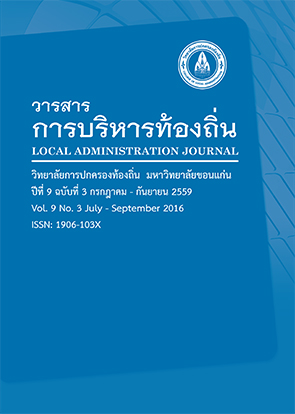The Three Cultures: Natural Sciences, Social Sciences, and the Humanities in the 21st Century
Abstract
Introduction
Jerome Kagan (1929-present) is a renowned American psychologist and an emeritus professor at Harvard University, whose works generally deal with developmental psychology, infant’s temperament, and assumptions of the social sciences. Due to his remarkable contributions to the field of Psychology, in 2002 he was named one of the 100 most eminent psychologists of the 21st century (Haggbloom et al, 2002).
The Three Cultures: Natural Sciences, Social Sciences, and the Humanities in the 21st Century (2009) is a result of Kagan’s attempt to argue against C. P. Snow’s premise that the academia is divided into two cultures—natural sciences on one hand, and arts and humanities on the other—after rereading Snow’s 1959 book The Two Cultures. Kagan asserts that the premise does not reflect the true nature of the intellectual world, claiming that another culture has left unexplored by Snow: social sciences. In writing The Three Culture, he aims at analyzing the meanings of the languages used by the three cultures, describing and criticizing seminal assumptions of the three cultures, and highlighting their contributions.
Aiming at reconstructing the essence of Kagan’s arguments, this book review comprises three main sections. First, I will elaborate the varying nature of the three cultures in term of their characteristics, goals, foci, vocabularies, strengths, limitations, and so on. Second, extracting from Kagan’s epistemological propositions, I will discuss a possible methodology for going about research—especially, on cross-science collaboration—will be asserted. And, third, I will lay out strengths and shortcomings of the book.
Downloads
Published
How to Cite
Issue
Section
License
The copyright of all articles published in the Local Administration Journalis owned by the College of Local Administration, Khon Kaen University.



